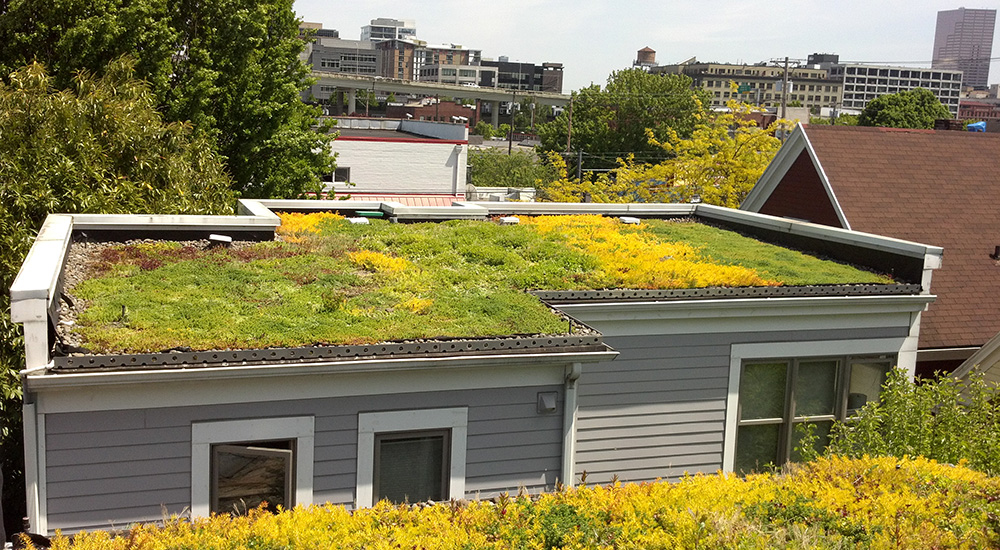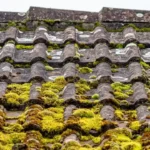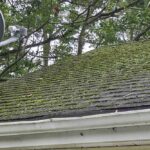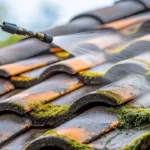As we continue to urbanize at an unprecedented rate, the need for sustainable solutions to combat environmental issues has never been more critical. One such innovative solution is the concept of pollinator-friendly roofs. These green rooftops not only transform our urban landscapes but also play a crucial role in supporting biodiversity and promoting ecological balance.

Why Pollinator-Friendly Roofs Matter
In recent years, there has been a significant decline in pollinator populations worldwide. This decline poses a severe threat to global food security, as many of the crops we rely on are pollinated by bees, butterflies, and other insects. By creating environments that support these vital creatures, we can help reverse this trend and ensure a more sustainable future.
The Role of Green Roofs
Green roofs are an excellent way to create pollinator-friendly environments. They are covered with vegetation and provide a habitat for various species of insects and birds. These roofs not only offer a refuge for pollinators but also improve air quality, reduce energy costs, and contribute to urban biodiversity.
Benefits of Pollinator-Friendly Roofs
Environmental Impact
The environmental benefits of pollinator-friendly roofs are numerous. They help mitigate the urban heat island effect, improve stormwater management, and enhance air quality. Additionally, these roofs support plant growth, which can sequester carbon dioxide and release oxygen, contributing to a healthier urban environment.
Economic Advantages
Investing in pollinator-friendly roofs can also lead to economic benefits. They can increase property values and reduce energy costs by providing natural insulation. Moreover, cities with more green spaces often attract tourists and new residents, boosting the local economy.
Social Benefits
Beyond environmental and economic advantages, pollinator-friendly roofs offer social benefits. They provide aesthetic value and create spaces for urban residents to connect with nature. These green spaces can improve mental health and well-being, offering a respite from the hustle and bustle of city life.
Designing Pollinator-Friendly Roofs
Choosing the Right Plants
Selecting appropriate plants is crucial for creating effective pollinator-friendly roofs. Native plants are often the best choice, as they are adapted to the local climate and soil conditions. These plants can provide food and habitat for local pollinators throughout the year.
Creating Diverse Habitats
Diversity is key when designing a pollinator-friendly roof. Including a variety of plant species with different flowering times can ensure that pollinators have access to resources year-round. Incorporating features like water sources and nesting sites can further enhance the habitat.
Maintaining Your Green Roof
Regular maintenance is essential for the success of a pollinator-friendly roof. This includes monitoring plant health, controlling pests organically, and ensuring that the roof’s drainage and irrigation systems are functioning correctly.
Case Studies of Successful Pollinator-Friendly Roofs
The Chicago City Hall Roof
The Chicago City Hall roof is a prime example of a successful pollinator-friendly roof. This project has led to significant energy savings and improved air quality in the downtown area. The roof supports a range of native plants and provides a habitat for various pollinators.
The Brooklyn Grange
The Brooklyn Grange, located in New York City, is the world’s largest rooftop soil farm. It produces fresh produce and honey while supporting a diverse range of pollinators. This project has become a model for urban agriculture and sustainable design.
Challenges and Considerations
Structural Requirements
Before installing a pollinator-friendly roof, it’s essential to assess the building’s structural capacity. These roofs can be heavy, and not all structures can support the additional load. Consulting with a structural engineer is recommended.
Climate and Weather Constraints
The local climate and weather conditions will influence the design and maintenance of a pollinator-friendly roof. It’s important to choose plants that can withstand the specific challenges of your region, such as temperature fluctuations, wind, and precipitation.
Cost Considerations
While pollinator-friendly roofs offer long-term benefits, the initial investment can be significant. It’s important to budget for design, installation, and ongoing maintenance costs. However, many governments offer incentives and subsidies to offset these expenses.
Future of Pollinator-Friendly Roofs
The future of pollinator-friendly roofs looks promising. As awareness of environmental issues grows, more people are embracing green building practices. Advances in technology and materials are making it easier than ever to implement these sustainable solutions.
Innovations in Design
Innovations in green roof design are continually emerging. New materials, such as lightweight growing media and advanced irrigation systems, are making it possible to create more efficient and effective pollinator-friendly roofs.
Community Involvement
Community involvement is crucial to the success of pollinator-friendly roofs. Engaging local residents in the planning and maintenance of these spaces can foster a sense of ownership and responsibility. Educational programs and workshops can also help raise awareness and encourage participation.
Conclusion
In conclusion, pollinator-friendly roofs represent a sustainable and innovative solution to many of the challenges facing urban environments today. By supporting pollinators, these roofs contribute to biodiversity, improve air quality, and offer economic and social benefits. As we continue to seek ways to live more sustainably, pollinator-friendly roofs are an essential part of the solution.

Frequently Asked Questions
What are the benefits of pollinator-friendly roofs?
Pollinator-friendly roofs offer numerous benefits, including supporting biodiversity, improving air quality, reducing energy costs, and enhancing urban aesthetics.
How do I create a pollinator-friendly roof?
To create a pollinator-friendly roof, choose native plants, incorporate diverse habitats, and ensure regular maintenance. Consult with professionals to assess structural capacity and design considerations.
Are there any government incentives for pollinator-friendly roofs?
Yes, many governments offer incentives and subsidies to encourage the installation of pollinator-friendly roofs. These programs can help offset the initial costs and promote sustainable building practices.
This article contains affiliate links. We may earn a commission at no extra cost to you.








